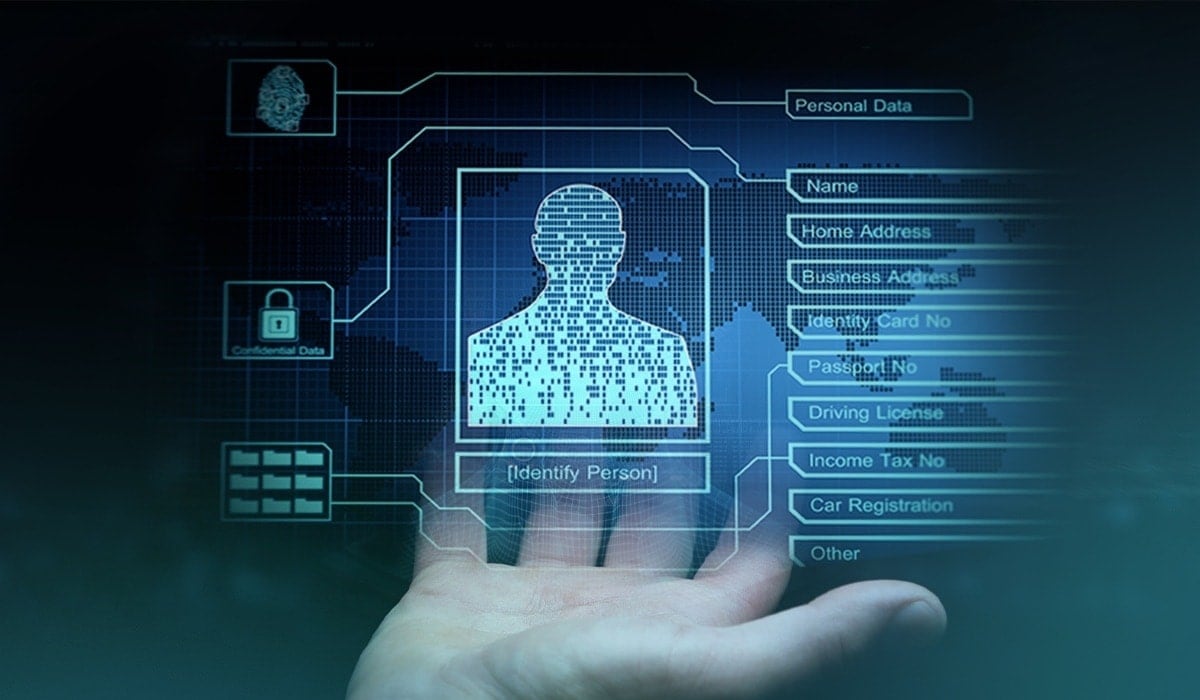Digital identity is information that exists online about an individual, organisation or device.
Organisations and governments have begun transitioning to digital identification processes and systems. The ability to reach a wider range of citizens has the potential to have a positive impact on the effectiveness of government administration, economic development, and sustainability.
A digital ID has great flexibility in its form and capabilities and doesn’t require a physical counterpart or document to be verified. Authentication can happen via databases and provides transparency through a digital footprint. Digital identities are already present in everyday life from biometric passports to microchipped national identity cards (NICs) and are widely used by private and non-profit organisations to produce credit reports and qualifications.
To figure out solutions to the challenges arising from identity and innovate we need more radical thinking. Cooperation between private and public sector is a vital step in ensuring the most effective be produced and widely adopted. Over 15% of globally ‘invisible’ people are children in Pakistan. Telenor is expanding ID coverage by ensuring that new-borns in Pakistan are digitally registered.
In 2017, Kenyan-based Safaricom launched Jitambulishe (identify yourself) voice biometric service. It allows subscribers to access social benefit services by authenticating themselves via voice recognition. As a growing number of processes and programs in Africa rely on the mobile number to identify and provide services to citizens, verification as a service (VAAS) provides a great opportunity to automate the process of verification and enable reporting to authorities and organisations on operations with accuracy and in real-time.
However, whilst promising, digital ID does presents great risk to security of citizens particularly vulnerable communities. Using databases and the lack of need for physical counterparts creates a greater concentration of personal data compared to traditional paper-based identification systems and processes which becomes a bigger target for malicious actions. With rapid developments in technology, wider coverage and adoption from previously unidentified people, we are yet to understand the full effects of digital processes and how they can be manipulated to damage public trust and disrupt service delivery.
